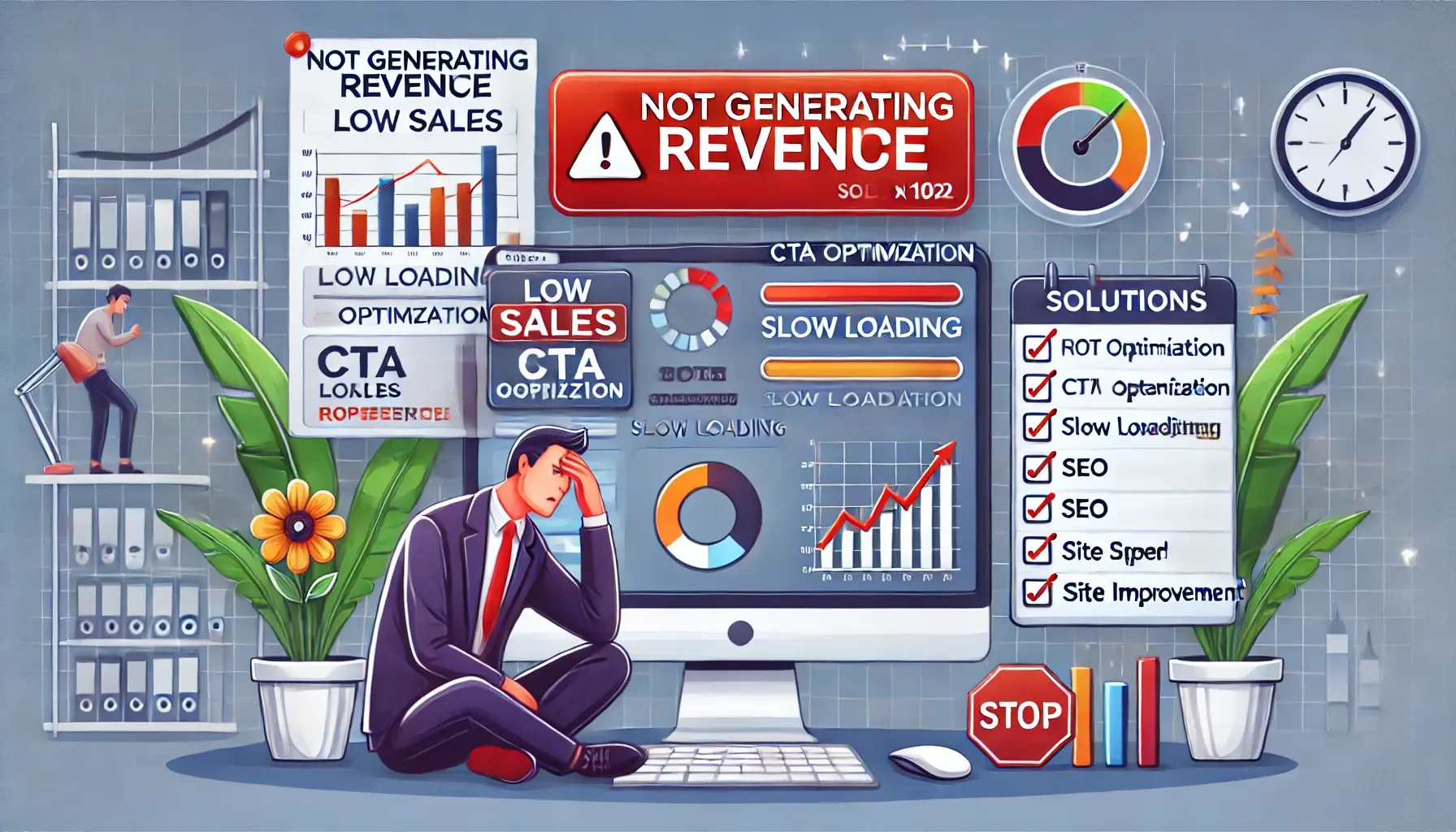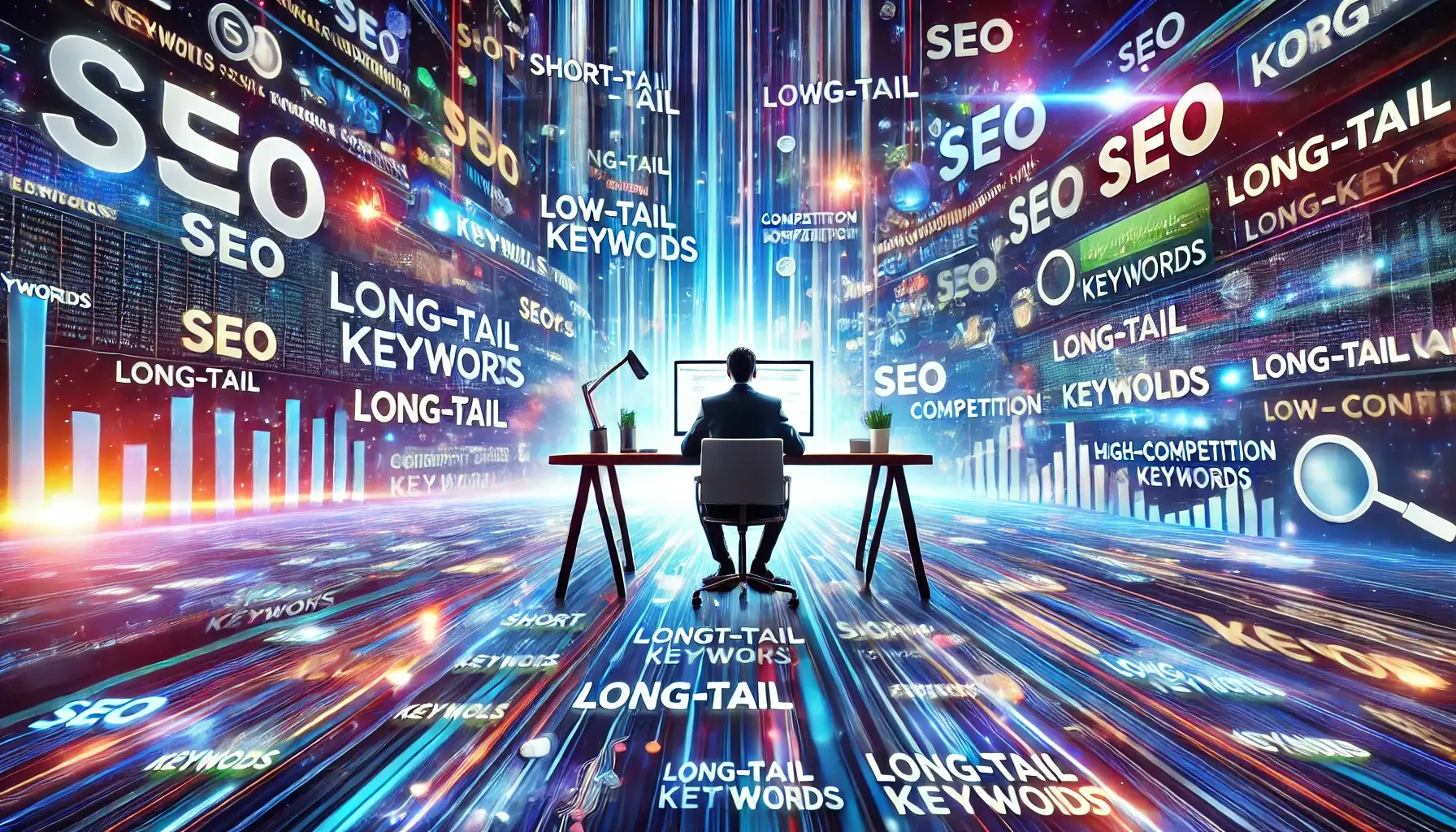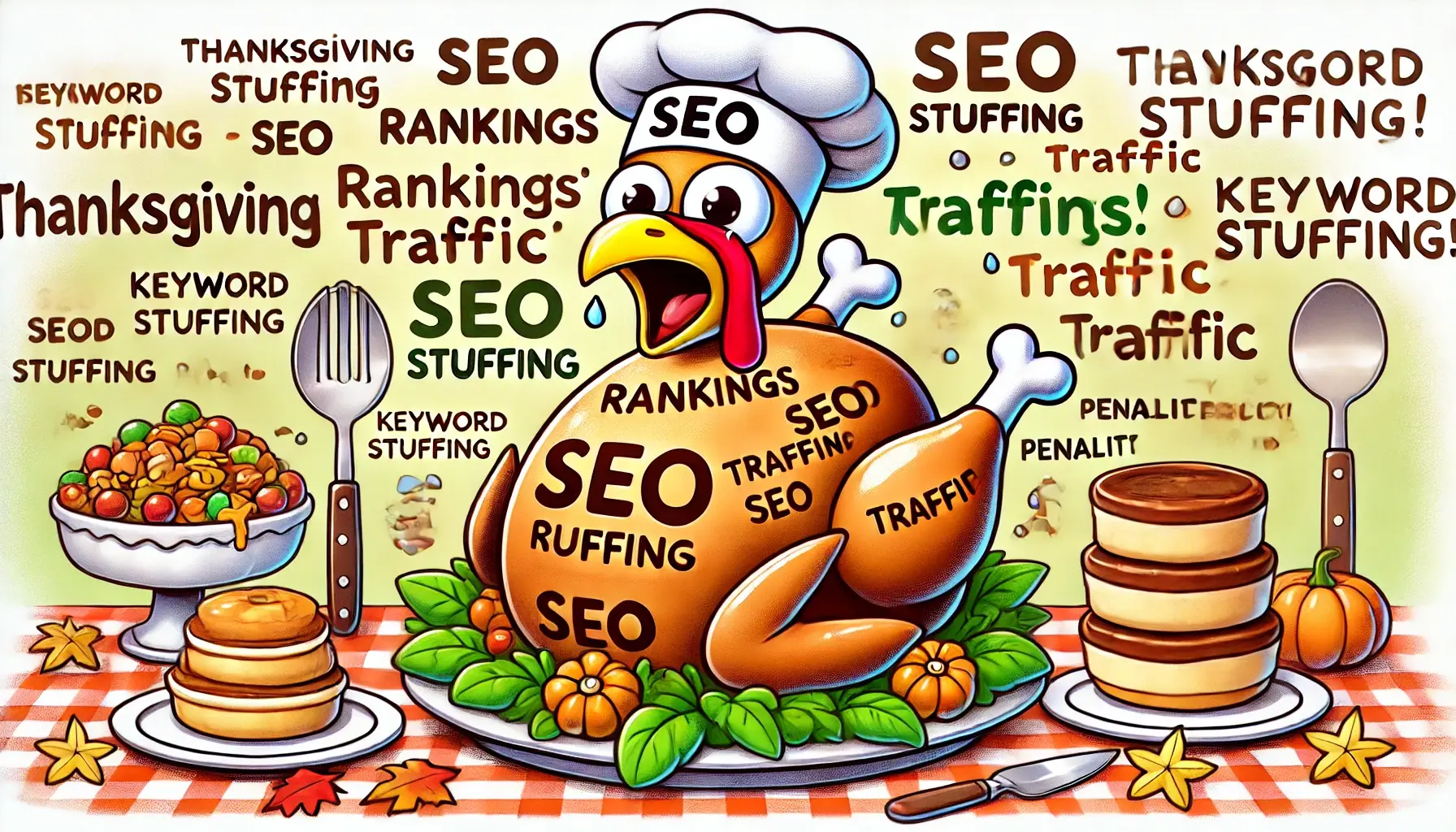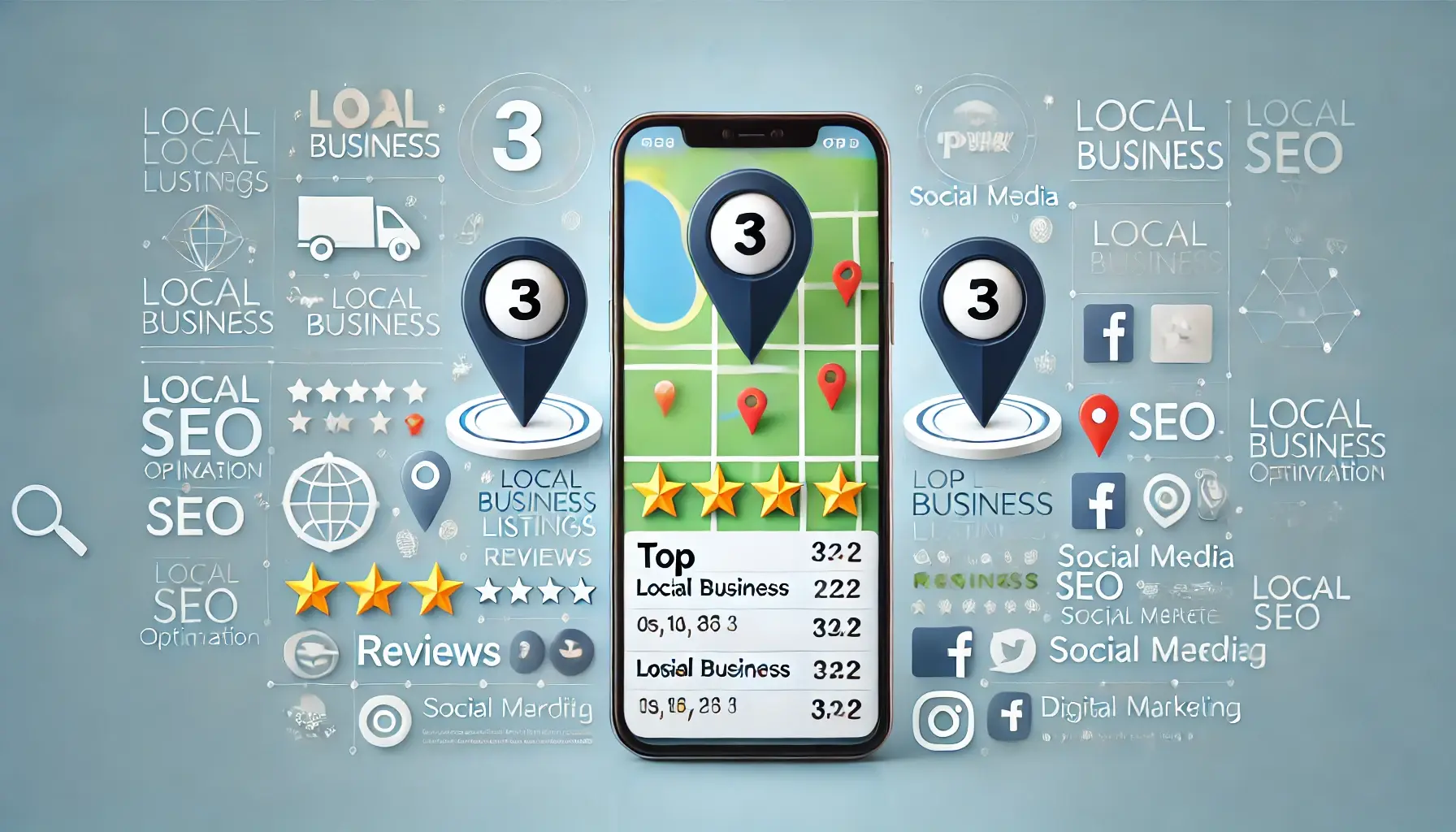
Brand is just as extraordinary as the total of its parts. It isn't just about having desired, quality products. A clever ad campaign, a shrewd promotion battle. Great client benefit or customer service. It’s about reminding consumers that on the other end of that phone line, website, email, and Twitter feed there are people. And that those people care about their customers.
Brands regularly battle with getting this parity without flaw. Advertisers need to put on a show of being "human" and invest a considerable measure of time and vitality reminding purchasers that they're much the same as every other person. On the off chance that they succeed, they're probably going to see increments in mark faithfulness and referrals. In the meantime, they have a vocation to do. At the core of each brand message is a brand message, on the whole paying little respect to the unique circumstance.
We were helped to remember this before in the week when the East Coast dug in to retain the effect of Hurricane Sandy. As media outlets worked extra minutes to stay up with the latest on the tempest, brands rushed to Facebook and Twitter with messages of help. "On the off chance that your family is in a territory influenced by Hurricane Sandy, it would be ideal if you remain safe!" tweeted Parenting.com, which speaks to both Parenting and Babytalk magazines on the web. Be that as it may, there was more to the message. The tweet proceeded to guide customers to a Parenting.com article that gave thoughts to "fun indoor diversions."
Was the brand indiscreetly exploiting a catastrophic event? Should brands avoid such touchy occasions? The appropriate response, on the two checks, is no. Despite what might be expected, brands have a duty to advertise themselves amid an emergency.
Here’s why.
Brands Own Valuable Content
There's a motivation behind why the expression "quality written substance is the final deciding factor" is so abused: it's the perfect depiction of the manner in which shoppers draw in with online media. As indicated by U.K. counseling firm Content+, 70 percent of buyers would rather become more acquainted with a brand through its articles as opposed to promotions, and 60 percent feel "more positive" about an organization after they've perused custom substance on its site. Brands that approach content regarded significant by customers should utilize it to help them now and again of need – and that incorporates amid an incapacitating tempest.
On Monday, The Huffington Post's Huffpost Taste ordered its fall soup and no-cook formulas into a photograph exhibition and rebranded it "10 Recipes For Before, During, And After The Frankenstorm." The display furnished perusers with reasonable answers for being housebound, and for dealing with the power blackouts to come.
Around the same time, be that as it may, a kids' attire organization utilized Twitter to express its expectation that individuals would remain safe just to drive them to a current winter frill item page, and a clothing retailer sent an email promising "Costs that will overwhelm you." It's difficult to envision a buyer organizing internet shopping when her security could be in danger, and one surely can't accept she'll take a tempest reference as a joke. It profits brands to be astute in this regard.
Businesses Have the Power to Help
Big consumer brands are often the first to make their presence known during disasters, and with good reason: they have muscle. Not only are they in a unique position to educate consumers, but their national reach ensures that important messages will be heard.
There Are Customers Beyond the Storm
Target posted an article on its corporate site on Monday clarifying how its emergency administration focus intended to work with network accomplices to plan customers for the effect of the tempest; for instance, by sending additional shipments of fundamentals like batteries and dry nourishment to influenced territories. The page incorporated a supply agenda and connections to recordings and typhoon availability tips. Verizon did likewise, utilizing its Facebook page to connection to a "Crisis Preparedness" control particular to remaining associated for the wellbeing of safety. INC Magazine, in the mean time, utilized its Twitter channel to advance an article offering guidance for "fiasco sealing" one's matter of fact. Each of the three are models of how mark figured authority can profit the network on the loose.
As unpleasant as regular disasters like Hurricane Sandy can be, brands have an obligation not exclusively to their influenced clients however to each one of the individuals who purchase their items. Hence, organizations must keep up correspondence with customers all through these occasions. Offer-based shopping site Totsy and children's item e-rear Albee Baby messaged their clients with unique messages expressing that, in light of a legitimate concern for guarding their workers, they would be incidentally shutting their workplaces, stockrooms, and client benefit focuses. Martha Stewart, then, tweeted "Is your office shut tomorrow? Our own is as it is in zone An and a significant number of our representatives travel via prepare," letting the two buyers and colleagues realize that her namesake organization's central command probably won't be anything but difficult to reach. So also, Whole Foods exhorted its East Coast clients to contact their nearby stores for a considerable length of time of task, while at the same time encouraging them to remain safe.
Ours is a society dependent on goods and services. Loathe as they sometimes are to admit it, consumers want and need your products – and marketing exists to inform them of their choices. But brands should be held accountable for more than just the quality of their products, their customer service, and their ads. Let’s do our part to help.






















